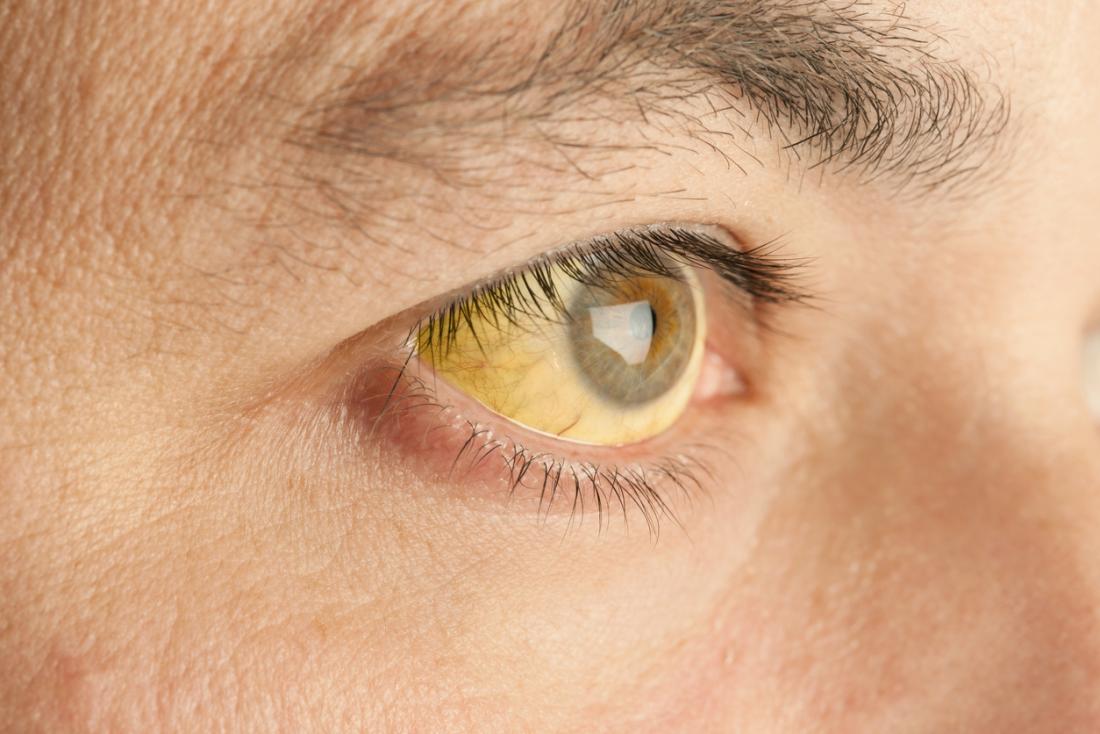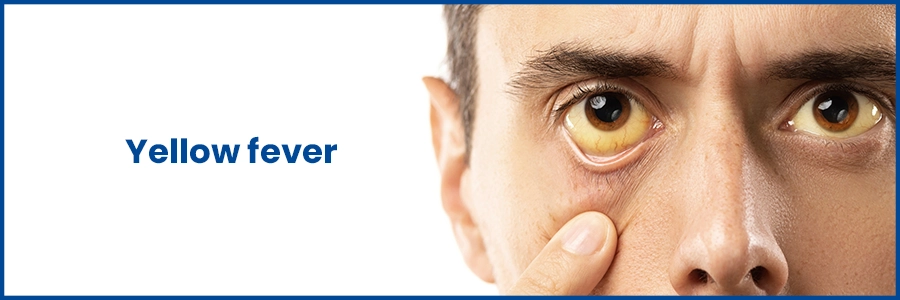
Yellow fever includes a severe flu that could be potentially fatal. This hemorrhagic condition can lead to bleeding skin, high fever, and dead cells in the kidneys and the liver. When left untreated, liver cells can die, which causes an illness that damages the liver, resulting in jaundice in which the skin turns yellow.
Yellow fever is a systemic acute illness, characterised by its sudden onset and the potential to impact the entire body. Yellow fever is caused by a virus known as Flavivirus. This virus is usually transmitted through mosquito bites, specifically the Haemogogus and Aedes species. Yellow fever disease is prevalent in subtropical and tropical parts of Africa, the Caribbean and South America. However, this disease rarely affects American travellers.
Table of Contents
How is Yellow Fever Transmitted?
Typically, yellow fever is transmitted through mosquito bites and affects both humans and monkeys. If a mosquito feeds on an infected monkey, it can pass the disease to human beings, which can cause an outbreak. Individuals who have developed it once acquire immunity from the disease, which significantly reduces the chances of having the illness again. To prevent infection, getting a yellow fever vaccine by GP doctors is best recommended. This is especially important if you live or travel to vulnerable areas, such as close to the jungles.
What Are the Symptoms of Yellow Fever?

In most cases, persons infected with yellow fever do not show any signs. If they occur, they are usually mild. Yellow fever includes an incubation period of about 3 to 6 days. During this period, the symptoms may start to show when one is infected.
It is important to note that yellow fever cannot be spread from one human to another. However, infected mosquitoes can transmit the disease to every human being they bite.
Main Symptoms
The main symptoms exhibited by yellow fever include jaundice, bleeding, high temperature, congestion on the face, and albuminuria. However, yellow fever symptoms can be classified into two stages. The symptoms experienced during the first stage include headaches, nausea, aching muscles, loss of appetite, dizziness, and high fever. In most cases, these symptoms will disappear within 7-10 days. However, they may progress to stage two, also known as the toxic stage.
During the Toxic Stage, the symptoms may be more severe and even fatal, which may include kidney failure, haemorrhage, recurrent fever, liver failure, irregular heartbeats, jaundice, vomiting, and bleeding from the eyes, nose, and mouth. Up to 50% of the individuals who develop the signs die within two weeks. However, those who recover will not experience any organ damage and will be immune to the disease for the rest of their lives.
How Is Yellow Fever Treated?
Primarily, yellow fever does not include any effective antiviral treatments. Therefore, infected persons may receive supportive care while addressing the current symptoms. Supportive care for yellow fever includes replacing the lost blood, treating secondary infections, providing oxygen and fluids, and regulating blood pressure and kidney dialysis.







